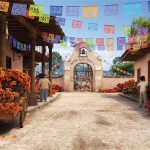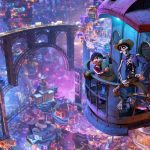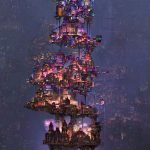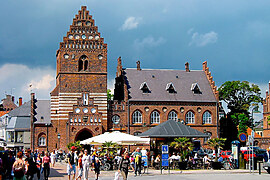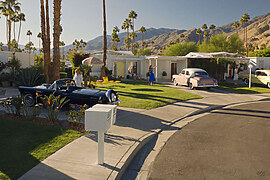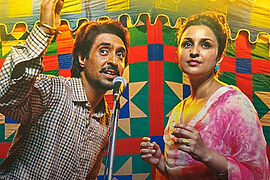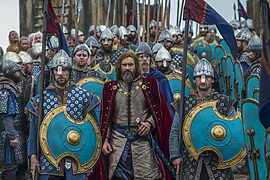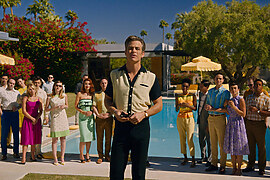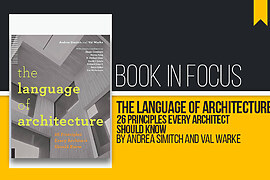Coco Review – A two or three-hour show or movie has a long history behind its creation, and when people go to the movies or theater they perceive it in different ways. A story and the characters draw most people’s interest, whereas a fashion designer focuses on the clothing, whereas an architect considers the entire creation of an era, including the streets, the façades of buildings, people’s living habits, and imagining those things in other worlds. To illustrate this, here are the most amazing features from the movie Coco that prove the point.
Glimpse Of The Research | Coco Review
Throughout the making of Coco, the team conducted extensive research on all the small details. For the animated movie, they visited Mexico and took pictures of ancient buildings as well as toured the whole city. Their visit to many homes allowed them to see the typical residents, their clothes, and their culture, and even converse with characters. They also visited typical markets and streets to get an idea of what to portray. A great deal of sketch work has been done, including character studies, buildings, landscapes, etc. Doing research is driven by the desire to make a film that the Mexican city people can identify with.
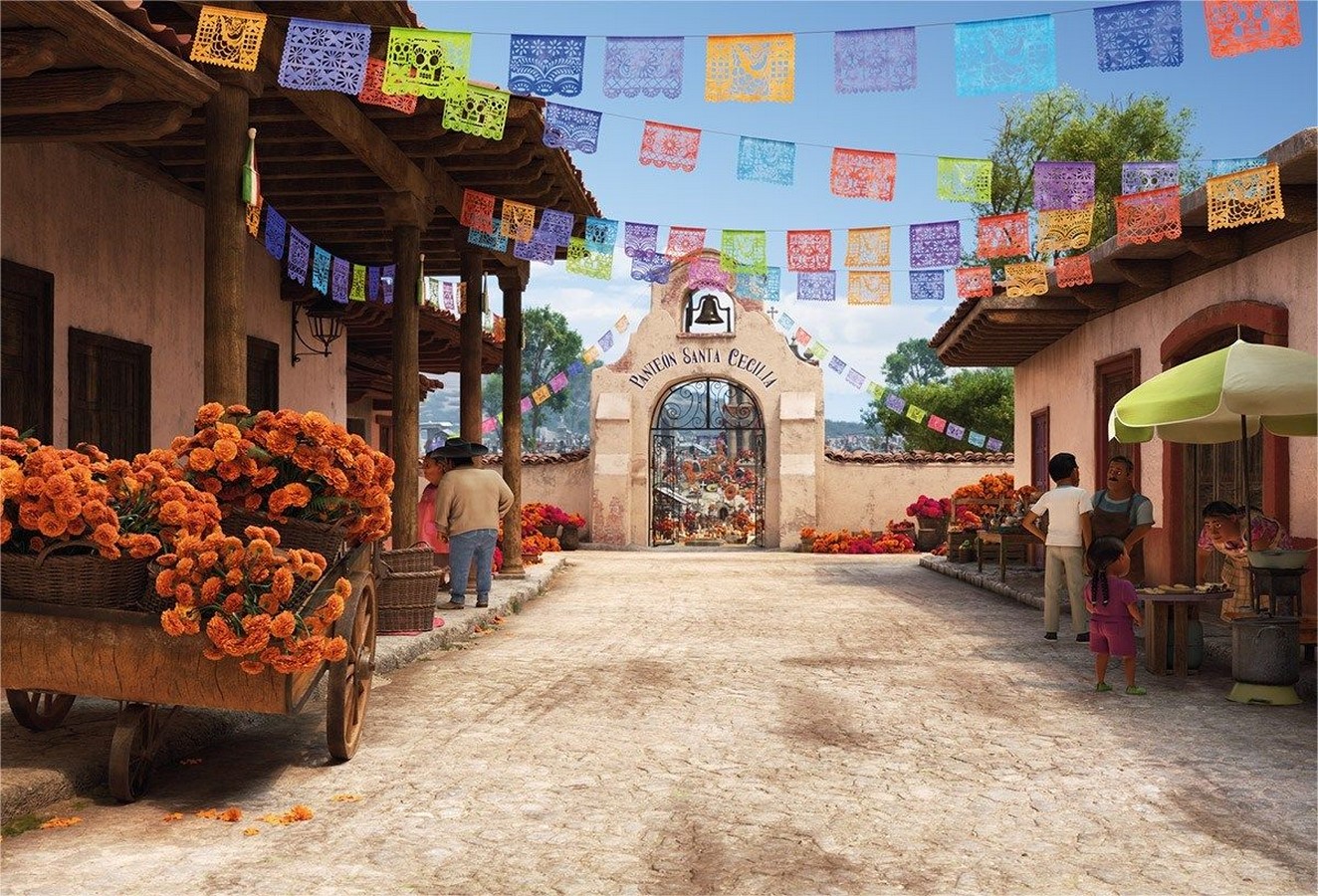
An Architectural Overview
Mama Coco’s story isn’t just about a musician, but it is also about the architectural journey on-screen, which occurs in two phases on earth and about the land of the dead. Hence, on one side is a glimpse of the original city streets, the city textures, and the culture of the people, and on the other is an imagined post-mortem world. Through these characters’ relationships, we are given an architect’s perspective on observing minute details and visualizing folk tales describing second lives for the dead.
As the main character, Miguel navigates the land of the dead. This Mexican film depicts the important day ‘Dia de Muertos’ with tradition, which is a holiday dedicated to the memory of a loved one who has died. A stair-like structure is used to construct altars that are built on both levels, representing heaven and earth. The place where Miguel entered the land of the dead is Santa Cecilia Acatitlan, which is part of the Aztec culture. In a sense, this structure resembles a step pyramid with a temple atop it, a form of late Mesoamerican architecture.
A courtyard house, made of adobe, wood, and red tiles, is a typical Mexican dwelling that was animated in the film with the exact same transition from the main entrance to the open space to the closed. There are a lot of street details carving, including building façade details, window articulation, roofs with wooden rectangular supports, and street lights poles, but the activities in the street with vendors behind the movement of the main character create a sense of belongingness.
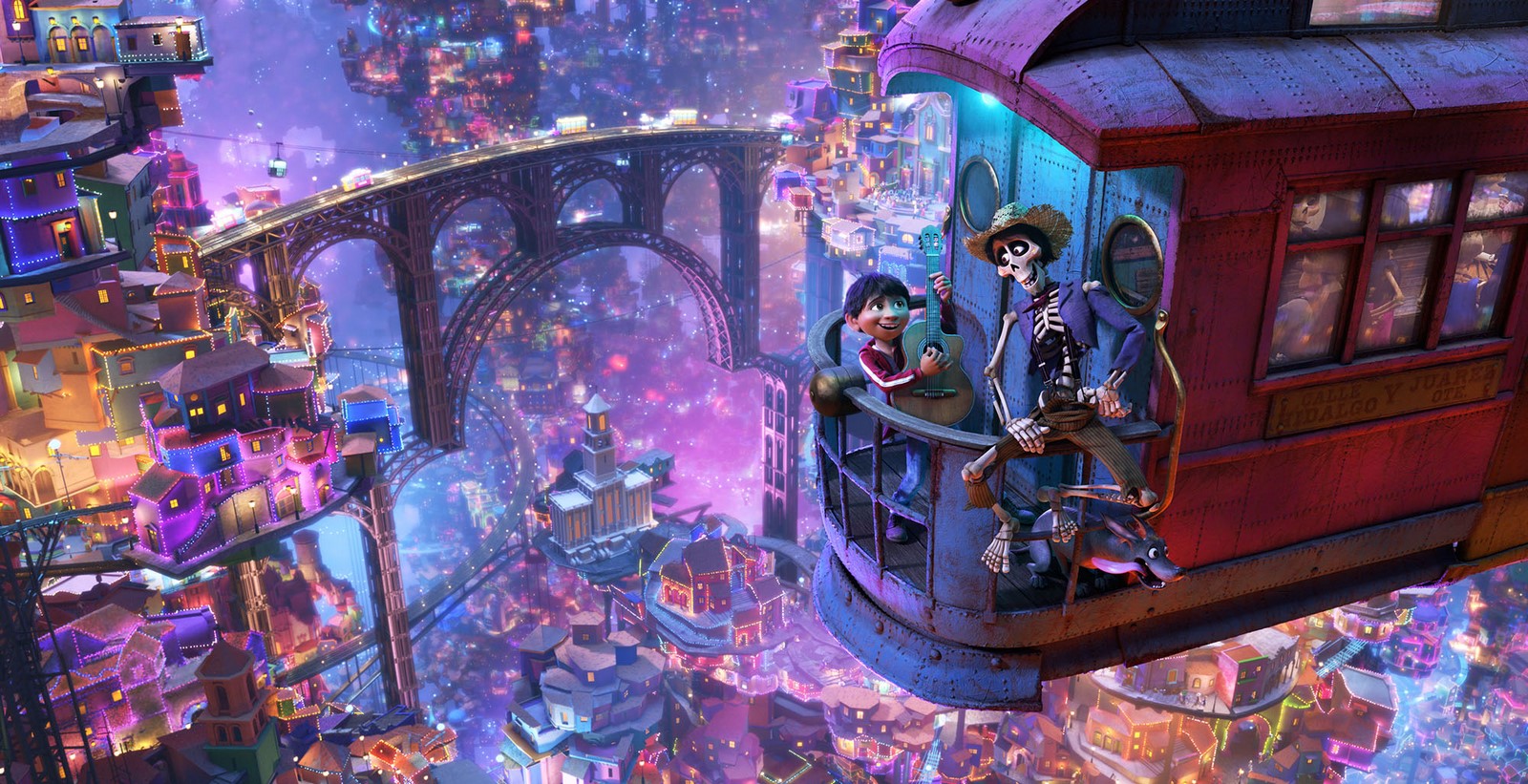
Land of the dead contains some of the most fascinating wonders. It is reminiscent of the existing infrastructure. As in the interior of the Palacio de Correos, a post office can be seen at the scene of skeleton families requesting permission. The terminals also convey the idea of a developed city. As Miguel and Hector’s skeleton sidekick in the Land of the Dead, the historic center of Guanajuato City influenced the streets they traversed. Walk to the Plaza del Ropero to see the statue of the Mexican singer Jorge Negrette, which inspired the bronze statue of Miguel’s musical hero Ernesto de la Cruz. A more structural version of the bridges described in fairy tales can be found in this movie. A reference to the Grand Hotel in Mexico City appears in the central station of the film, where the dead cross into the land of the living. A very accurate replica of the beautiful art nouveau architecture and Tiffany’s stained-glass roof is shown in the film.
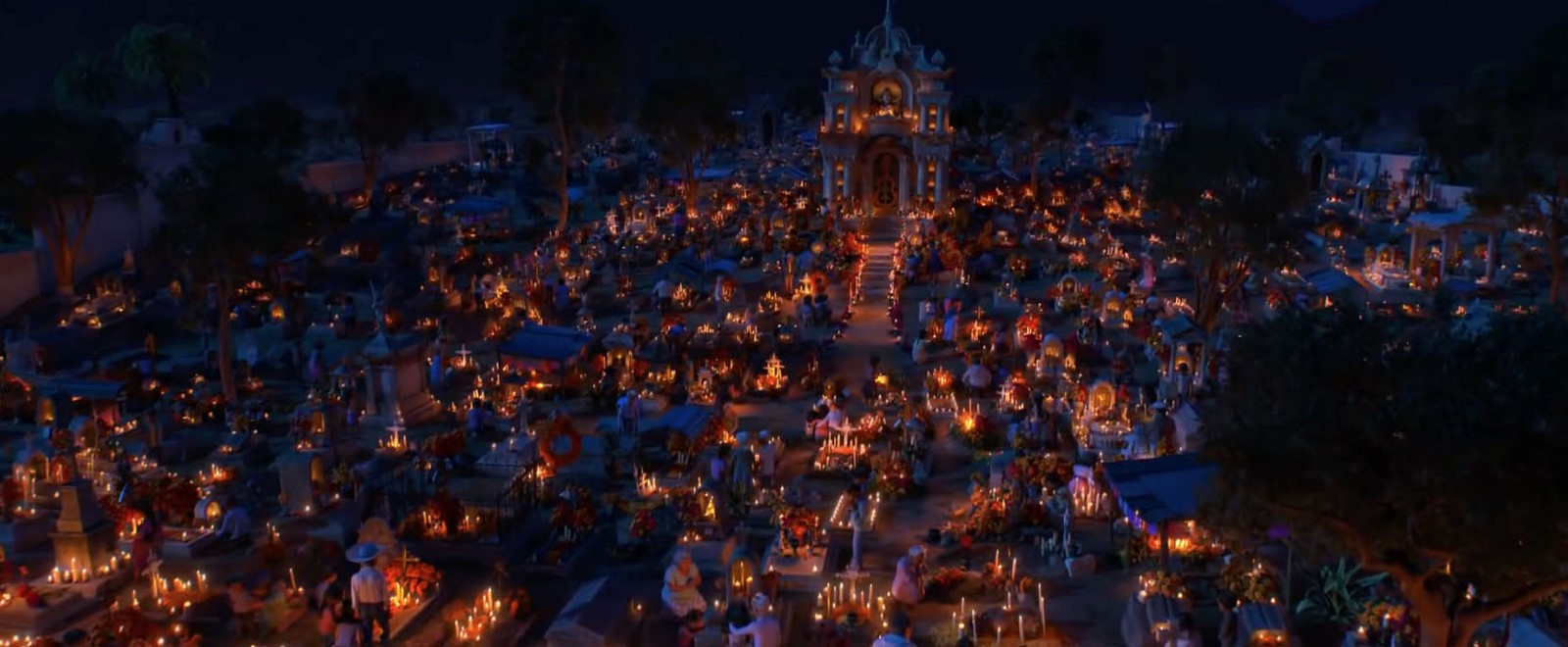
Aside from replicas, there are great examples of thinking outside the box. In contrast to Miguel’s earlier days on earth, the anti-gravity tower and its verticality give a sense of futuristic development. In an aerial tram line that flies through the carved void of this world, we find ourselves watching an accumulation of history that is engaging to watch. This is especially true when we follow our protagonist through it. Despite its name, the street scenes convince us that this is a living world. Each scene reinforces the notion that it is an organic community that has been shaped by hearts and hands.
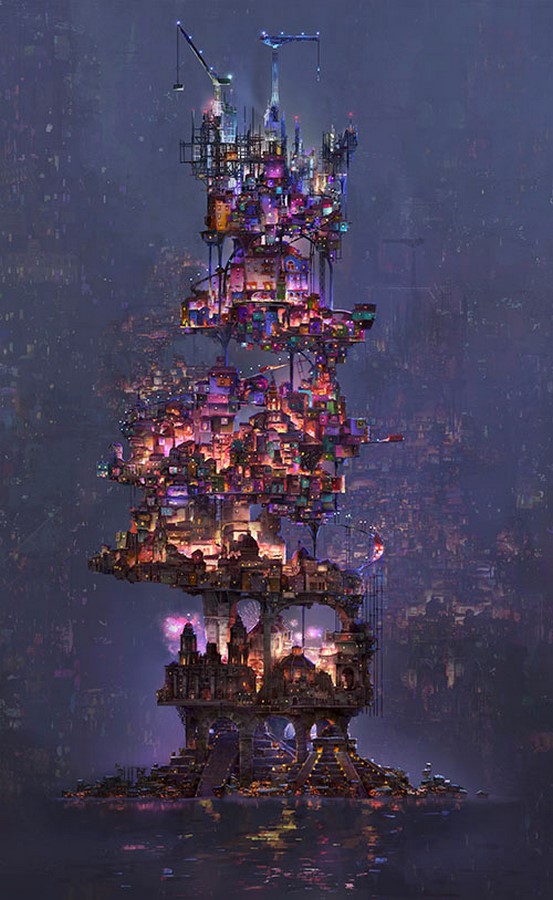
By looking at the land of the dead for the first time, one can describe it as a sprawling Mexican city. The architects were left in an uncertain situation when they had to deal with a balanced city planning approach without following a grid. As an architect, we look at those minute supporting elements that are the foundation of a film scene, just as the movie Coco depicts the architectural wonders of film industries. But designers play a major role in every movie backstage, and in each as well as every movie, designers have a major role to play.
REFERENCES:
Online sources
Susannah Rigg(2018)_How to Take a ‘Coco’-Inspired Tour of Mexico, Available at:
https://www.cntraveler.com/gallery/a-coco-inspired-tour-of-mexico#:~:text=Palacio%20de%20Correos%20in%20Mexico,Correos%2C%20or%20central%20post%20office.
Image sources
01_Miguel House_i.pinimg
https://i.pinimg.com/originals/5c/3a/8e/5c3a8ec5c766f731ddfea6a3ff47d02b.jpg
02_Land of the dead_fxguide.com
https://www.fxguide.com/fxfeatured/rendermans-visuals-for-coco/
03_Graveyard_fxguide.com
https://www.fxguide.com/fxfeatured/rendermans-visuals-for-coco/
04_Coco-Land-of-the-Dead-Concept-Arts.fxguide.com
https://www.fxguide.com/fxfeatured/rendermans-visuals-for-coco/








